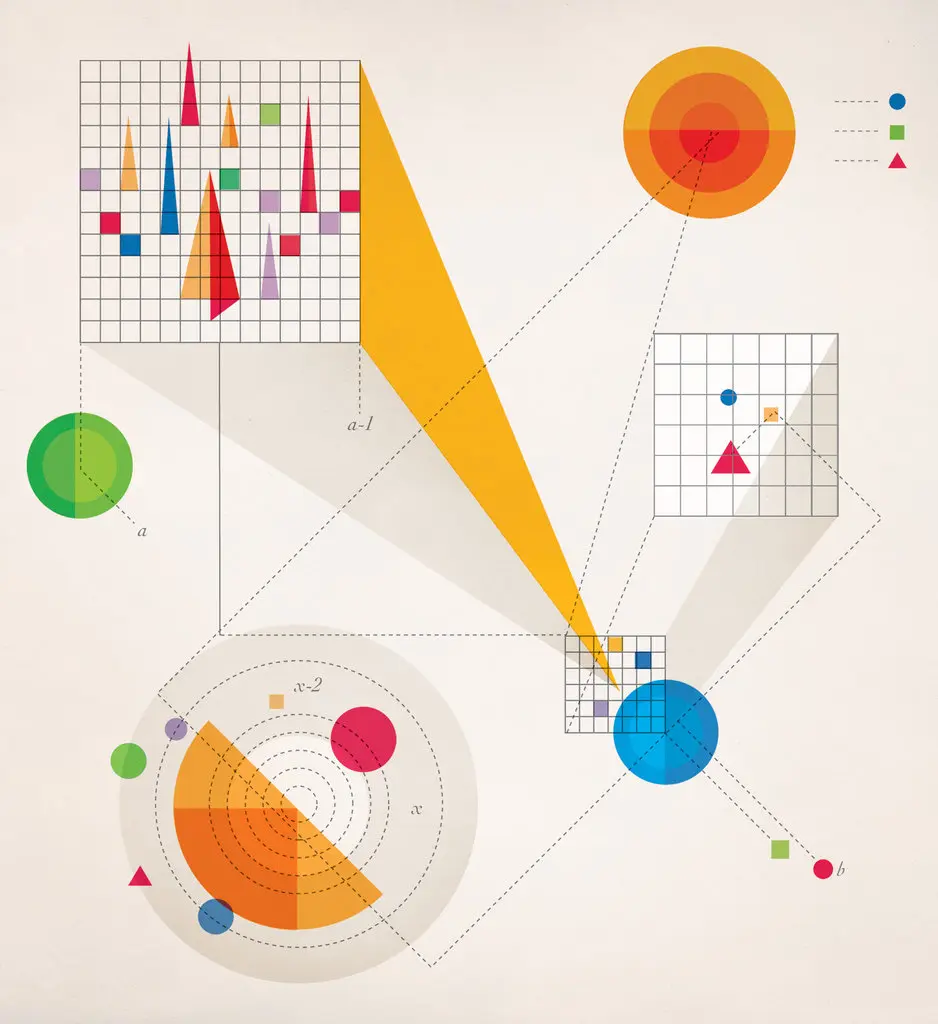The Age of Big Data
GOOD with numbers? Fascinated by data? The sound you hear is opportunity knocking.
Mo Zhou was snapped up by I.B.M. last summer, as a freshly minted Yale M.B.A., to join the technology company’s fast-growing ranks of data consultants. They help businesses make sense of an explosion of data — Web traffic and social network comments, as well as software and sensors that monitor shipments, suppliers and customers — to guide decisions, trim costs and lift sales. “I’ve always had a love of numbers,” says Ms. Zhou, whose job as a data analyst suits her skills.
To exploit the data flood, America will need many more like her. A report last year by the McKinsey Global Institute, the research arm of the consulting firm, projected that the United States needs 140,000 to 190,000 more workers with “deep analytical” expertise and 1.5 million more data-literate managers, whether retrained or hired.
In business, economics and other fields, Professor Brynjolfsson says, decisions will increasingly be based on data and analysis rather than on experience and intuition. “We can start being a lot more scientific,” he observes.
There is plenty of anecdotal evidence of the payoff from data-first thinking. The best-known is still “Moneyball,” the 2003 book by Michael Lewis, chronicling how the low-budget Oakland A’s massaged data and arcane baseball statistics to spot undervalued players. Heavy data analysis had become standard not only in baseball but also in other sports, including English soccer, well before last year’s movie version of “Moneyball,” starring Brad Pitt.
Retailers, like Walmart and Kohl’s, analyze sales, pricing and economic, demographic and weather data to tailor product selections at particular stores and determine the timing of price markdowns. Shipping companies, like U.P.S., mine data on truck delivery times and traffic patterns to fine-tune routing.
Online dating services, like Match.com, constantly sift through their Web listings of personal characteristics, reactions and communications to improve the algorithms for matching men and women on dates. Police departments across the country, led by New York’s, use computerized mapping and analysis of variables like historical arrest patterns, paydays, sporting events, rainfall and holidays to try to predict likely crime “hot spots” and deploy officers there in advance.
Big Data is already transforming the study of how social networks function. In the 1960s, Stanley Milgram of Harvard used packages as his research medium in a famous experiment in social connections. He sent packages to volunteers in the Midwest, instructing them to get the packages to strangers in Boston, but not directly; participants could mail a package only to someone they knew. The average number of times a package changed hands was remarkably few, about six. It was a classic demonstration of the “small-world phenomenon,” captured in the popular phrase “six degrees of separation.”
_______________________________________________________________________________
More info:
website link: https://databasescientist.org/
contact us: contact@databasescientist.org
Nomination Link: https://databasescientist.org/award-nomination/?ecategory=Awards&rcategory=Awardee
_______________________________________________________________________________
social media:
Twitter: https://x.com/databasesc10061
Pinterest: https://in.pinterest.com/databasescientist/
Linked in: https://www.linkedin.com/in/databasescientist-database-440a12365/
Instagram link: https://www.instagram.com/databasescientist/
YouTube: https://www.youtube.com/@databasescientist
Ad



